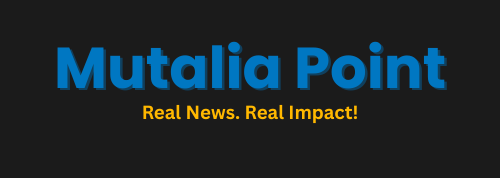Ethereum Quantum Computing Risks: 5 Key Roadmap Updates Revealed
Ethereum Quantum Computing Risks has taken center stage as the Ethereum Foundation, through researcher Justin Drake, unveiled its bold “Lean Ethereum” strategy. This initiative is designed to safeguard the network against future quantum threats by fundamentally restructuring Ethereum’s protocol. With goals like post-quantum cryptography adoption and massive scalability, this plan sets the stage for Ethereum’s next decade.
Why Quantum Threats Matter to Ethereum
Advancements in quantum computing, notably systems like Google’s Willow chip, have highlighted vulnerabilities in standard cryptographic systems—especially those used in blockchain wallets and smart contracts. Ethereum’s current reliance on algorithms like BLS signatures and KZG commitments makes it part of that risk group. Although quantum attacks are not yet practical, the urgency to prepare is growing.
Lean Ethereum: Simplifying the Core Layers
Drake’s proposal is built around a streamlined architecture with three redesigned layers to improve security and performance:
Lean Consensus (Beacon Chain 2.0): Enables quicker block finality and a more resilient validator structure.
Lean Data (Blobs 2.0): Introduces granular data blocks with post-quantum safety, improving data storage efficiency.
Lean Execution (EVM 2.0): A simplified, SNARK-compatible EVM designed for better verification speed and quantum resistance.
These changes collectively form “Fort mode” (maximal resilience) and “Beast mode” (performance-oriented scaling).
Quantum-Resistant Cryptography Adoption
The roadmap proposes replacing vulnerable cryptographic standards with hash-based primitives, such as hash signatures and zkVM execution. These replacements offer strong resistance to quantum decryption attempts.
By eliminating reliance on ECDSA or similar elliptic-curve schemes, Ethereum’s new protocol aims to secure signatures, commitments, and execution paths against future quantum attacks.
Scalability Targets: TPS Goals Redefined
Ethereum plans to increase throughput dramatically:
Layer 1 (consensus layer): Aim for 10,000 TPS
Layer 2 (execution layer): Scale toward 1 million TPS
These targets signal Ethereum’s ambition to tackle real-world load and deliver high-speed adoption across decentralized applications
Community Impact & Strategic Significance
Ethereum’s move is not just technical—it reflects deep cultural alignment with open-source simplicity and developer accessibility. Significant players like Vitalik Buterin and other core contributors support this streamlined approach.
Compared to Bitcoin’s slower stance on quantum-safe proposals, Ethereum leads in proactive design adaptation. Initiatives like RISC-V architecture and modular cryptographic agility support easy upgrades.
Summary
| Component | Details |
|---|---|
| Consensus Layer | Beacon Chain 2.0 with fast finality |
| Data Layer | Blobs 2.0 – post-quantum-ready data blocks |
| Execution Layer | EVM 2.0 – SNARK-compatible and minimalistic |
| Quantum Cryptography | Hash-based signatures and zkVM execution |
| Scalability Targets | 10,000 TPS on L1, 1M TPS on L2 |
















